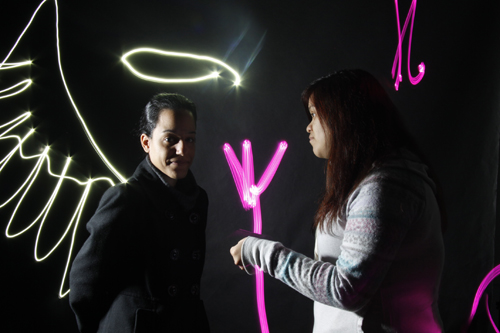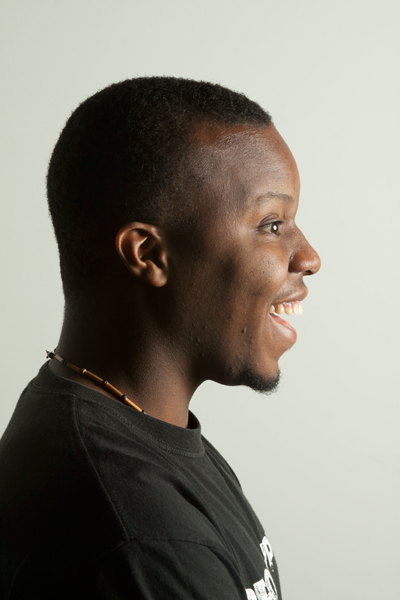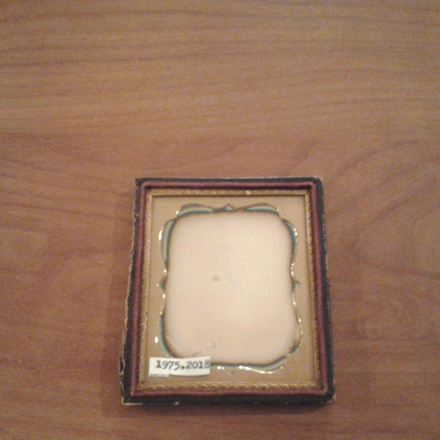Since I’ve taken this course, I have learned many things that I was never taught before. The first and most important thing I have learned in this class is how to use a DSLR. I’ve always used a point and shoot and learning how to use a DSLR has opened up my eyes on how much you can actually control when taking a photograph. I even bought myself a DSLR to continue practicing on taking better and more beautiful photographs. Another important thing I was taught is to use camera raw to edit photographs before bringing it into Photoshop for final retouching. I never knew how much you can change in a photograph, from its exposure to its vibrance and saturation. One last thing I’ve learned in this class is the vocabulary that is used in the field. It’s great to describe photographs with more specific terms.
This course will really help me for designing because now I am not limited to just using stock photographs for my designs, rather I can take a picture myself and fully control how I want my photographs to look like.
Something that I would like to learn in this course is a basic lesson on how to use Adobe Lightroom. I have seen this program a few times and are curious on how you can edit photographs with the program.










